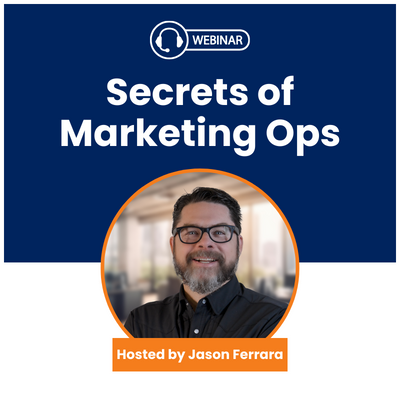So your company has hit a roadblock with its tech stack. Specifically, it looks like you need to modify Salesforce in order for you to interact with the platform differently or have the platform do something custom. I bet you’ve looked and found pre-built applications out there but you or your CFO doesn’t want to pay for one. Or you might think your VC’s want you to pinch pennies with expenses. Well, yes they do, but in reality they gave you money to go obtain growth, not to slow down growth. And in light of your real business goal of revenue and growth, here’s the real question: is building or buying the right way to solve your problem?
There are times when self-customization or tinkering makes sense. If a few formulas and lines of Apex script could fix your problem, then it might be worth cobbling on your own as a one-off. However, the cobbling gets monstrous when you want to do something as complex or specialized as marketing analytics (and the custom data processes required to output those particular analytics). Let me tell you what it truly costs to build a Salesforce application, including both usual suspects and hidden costs.
1) The Unsurprisingly Expensive Part: Building
Just in case you didn’t know the standard software development cycle, I’ll briefly show you the components below (and the typical proportion of cost and time).

The building expense is pretty simple to quantify and lay out along the above categories (click this PDF link to download a printable 1-page infographic of exactly that). You can consider building expenses as either the labor expense of in-house Salesforce developers or the cost of hiring a custom development shop. Either way, each component of the above will take weeks and weeks to do, not counting modifications or other iterations that will add more weeks. For example, at 20 hours per week and $150 per hour (conservative estimate, since you’ll probably need a few people working on this), building just a multi-touch supported attribution application would take 30-40 weeks and $90-$120K! If you want to see the technical breakdown, I welcome you to download this e-book that details different components of a Salesforce marketing application and the different costs.
2) The Surprisingly Expensive Part: Maintenance
Let’s say you’re fine with the expenses and resources required to build the Salesforce application. What about after it’s developed? Surprisingly, maintenance can add an additional 50% of costs over time. Why? Well, modifications need to be made to your freshly built application for various reasons. One, your company may modify its business processes in Salesforce that require changes to how the application interacts with the data. Two, Salesforce can break your application with a variety of platform updates that they do regularly every year. I haven’t even included the headache of maintaining continuity when your original application managers leave. Do you have the right documentation and training to maintain the application when your Salesforce admin or developer leaves? If not, an automatic update to any of your marketing tech stack applications (e.g., Salesforce and marketing automation) could break your application and leave key business processes at a standstill. Not good if that business process was marketing reporting and measurement.
3) The Truly Unaffordable Part: Time to Value
OK, disregard the above two points about building and maintenance costs. Would you still build the application? Well, the most costly expense may be the impact to your time to value. This expense is probably the one that matters most. Not only is managing the development of this custom application going to distract your developers from your company’s actual products and business, but the amount of time you wait for this application to be built is time that your competitors will instead use for their go-to-market efforts. If your competitors buy a Salesforce marketing application off-the-shelf, they’re spending those months (or a year plus) of development driving value from the actual application, using those analytics to get better at their marketing and land deals. While you’re standing at a red light.
The Key Takeaway
For marketers, you want to obtain the right insights from a marketing analytics application and more importantly act on them as well! If it takes you months (or a year plus) to get the application right, how can you drive true value, and in a timely manner against competitors? This is one of the reasons why Full Circle Insights was built. Seasoned CRM and marketing automation veterans came together to solve a marketing analytics need by developing a well-maintained, flexible yet specialized marketing analytics application. I hope I’ve convinced you to take the easy route that costs less and drives value faster for you and your company.
Learn more about building a Salesforce marketing analytics application, request a demo!




